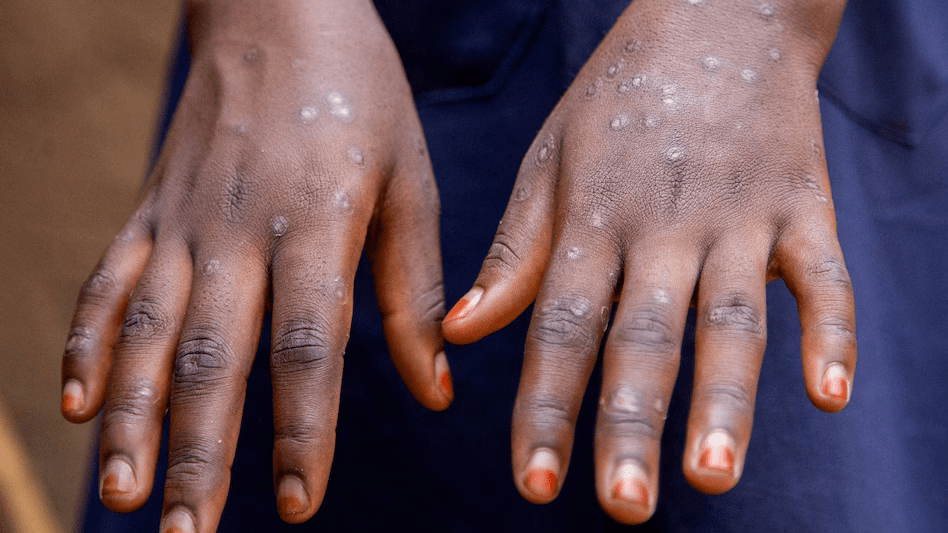
India has reported its first suspected Mpox (formerly known as monkeypox), marking the beginning of Monkeypox cases in India. Authorities urge the public not to panic. On September 8, the Union Health Ministry confirmed that a young male patient, who recently returned from a country with active Monkeypox transmission, has been identified as a suspect case.

This case is linked to the more virulent Clade 1b strain. According to the World Health Organization (WHO), Clade 1b has a mortality rate of approximately 3.6%, with children being particularly at risk.
Monkeypox Symptoms and Prevention Measures
Monkeypox typically presents symptoms such as fever, headache, muscle aches, and a rash that often begins on the face and spreads to other body parts. The virus primarily spreads through close contact with infected individuals or contaminated materials.
To protect yourself and prevent Monkeypox cases in India from spreading:
- Avoid close contact with those showing symptoms.
- Practice regular hand hygiene by washing your hands frequently.
- Use personal protective gear, especially in high-risk settings like healthcare environments.
Vaccines and Treatment for Monkeypox cases in India
Vaccines initially developed for smallpox offer some protection against Monkeypox, though they are not yet widely available. Some countries have started vaccination campaigns for high-risk groups. In India, health authorities are keeping a close watch on Monkeypox cases in India and are prepared to take necessary steps to prevent any further spread of the virus.
Stay informed, follow health guidelines, and remember that while Monkeypox can pose a serious risk, particularly to children, early detection and prevention measures are crucial in managing the outbreak effectively.
Also read: Shots Fired Outside AP Dhillon’s Vancouver Home: Who is He and What’s His Connection to Salman Khan?







